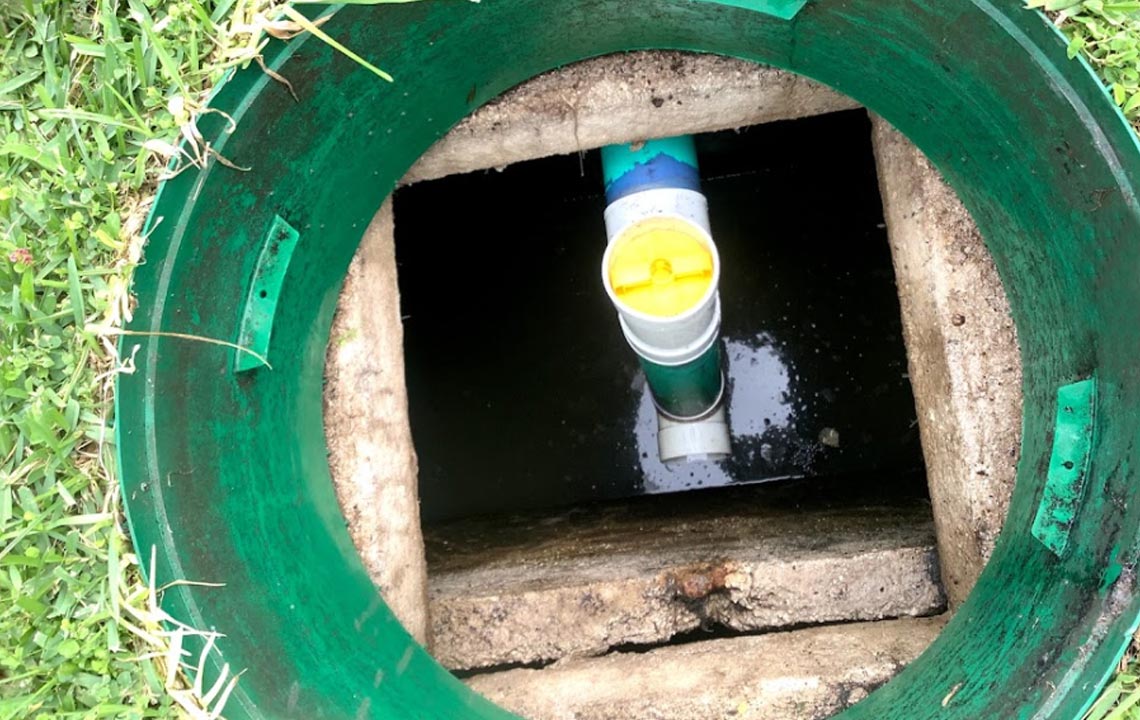
Increasing bacteria in your septic tank naturally is essential for maintaining a healthy and efficient system. Septic tanks rely on bacteria to break down organic matter and solids, preventing clogs and ensuring proper wastewater treatment. When the solid and liquid waste is flushed down the drain, it reaches the tank and is acted upon by the beneficial bacterial population. Solid waste is broken down and settles at the bottom, whereas fats, oils and grease flow above. When the microbial population is affected solid waste accumulates and rises to the top, causing septic tank problems. Here are several methods to boost bacteria levels in your septic tank naturally:
- Avoid Harsh Chemicals: Harsh chemicals like bleach, antibacterial soaps, and chemical drain cleaners can kill beneficial bacteria in the septic tank. Switch to septic-safe and biodegradable cleaning products to preserve bacterial activity.
- Regular Pumping: Regular septic tank pumping is crucial to remove accumulated sludge and prevent the buildup of solids that can inhibit bacterial growth. Pumping every 2-3 years is generally recommended, but frequency may vary based on household size and water usage.
- Additives and Bio-Activators: There are commercially available septic tank additives and bio-activators that introduce beneficial bacteria into the system. These products can enhance the microbial population, aiding in the breakdown of waste. However, choose products with natural ingredients and consult with a professional before use.
- Use of Yeast: Adding yeast to your septic system can promote bacterial growth. Yeast provides a source of nutrients for bacteria and helps maintain an optimal pH level. Dissolve a packet of active dry yeast in warm water and flush it down the toilet to introduce beneficial microbes.
- Aerobic Bacteria: Introducing aerobic bacteria, which thrive in oxygen-rich environments, can enhance the septic tank’s efficiency. Consider installing an aerobic treatment unit or using aeration devices to increase oxygen levels in the tank.
- Regular Water Usage: Maintaining a regular flow of water into the septic tank helps distribute bacteria and nutrients evenly. Avoid water conservation measures that might reduce water flow to the tank, as this can hinder bacterial activity.
- Plant Grass Over the Drainfield: Planting grass over the drainfield can enhance the soil’s microbial activity. The roots of grasses provide a conducive environment for beneficial bacteria to thrive and break down effluent.
- Maintain Drainfield Health: Ensure that the drainfield remains in good condition. Avoid parking vehicles or placing heavy structures on the drainfield, as this can compact the soil and disrupt microbial activity.
- Temperature Considerations: Bacteria thrive in warmer temperatures. During colder months, insulating the septic tank or using a tank heater can help maintain a suitable environment for bacterial growth.
- Avoid Overloading the System: Be mindful of what goes down the drains. Avoid excessive disposal of grease, oil, and non-biodegradable items. Overloading the system with non-degradable materials can impede bacterial activity.
Promoting the natural growth of bacteria in your septic tank involves adopting practices that support a balanced and thriving microbial ecosystem. Regular maintenance, the use of natural additives, and avoiding harmful chemicals are key components of a successful septic system. If in doubt, consult with a septic professional to ensure the health and longevity of your system.
